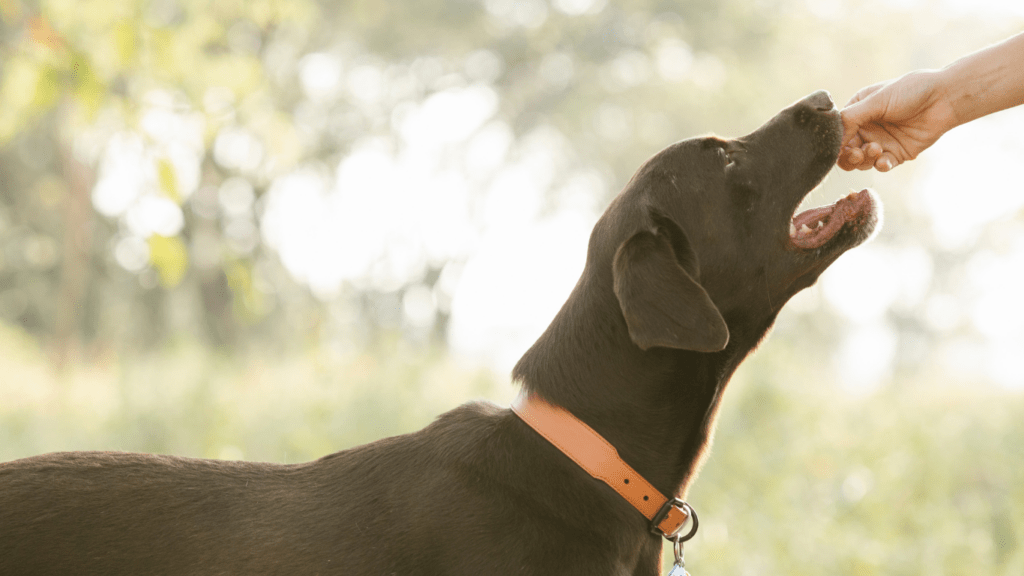Are you struggling with a picky eater in your furry family? Encouraging healthy eating habits in pets can be a challenging task for pet parents. As a pet lover myself, I understand the frustrations that come with trying to ensure your pet gets the nutrition they need.
In this article, I’ll share practical tips and strategies to help you tackle picky eating behaviors in your pets and promote a balanced diet. From understanding the reasons behind picky eating to creative feeding techniques, I’ll guide you through the process of transforming your pet’s mealtime experience.
Understanding Picky Eating in Pets
Exploring the reasons behind picky eating habits in pets is essential in addressing this common issue effectively. Picky eating behavior in pets can stem from various factors, such as taste preferences, textures, past experiences, or even underlying health conditions.
When pets exhibit picky eating tendencies, it’s crucial to approach the situation with patience and understanding to determine the root cause.
To decode picky eating in pets, I delve into the possible triggers that may contribute to this behavior. Understanding that picky eating can be a multifaceted issue allows me to create tailored solutions that cater to the specific needs of each pet.
By recognizing the complexity of picky eating habits, I can develop strategies that not only encourage healthy eating but also promote overall well-being in pets.
Tips for Encouraging Healthy Eating Habits
Introducing variety in my pet’s diet is crucial. By offering a range of nutritious options, I can cater to their preferences and ensure they receive a balanced diet. Rotating protein sources and incorporating different textures can make mealtime more exciting for them.
- Establish a Feeding Routine:
Feed your pet at the same times each day to regulate their appetite, create consistency, and ensure they receive the right amount of nutrients. - Use Positive Reinforcement:
Reward your pet with treats or praise after meals to motivate them to try new foods and reinforce good eating habits.
Addressing Food Aversions
When dealing with food aversions in pets, it’s crucial to approach the issue with patience and understanding. Understanding the root cause of a pet’s aversion to certain foods is the first step in addressing this behavior effectively.
One effective strategy to tackle food aversions is gradually introducing new foods or transitioning to healthier options. For instance, mixing a small amount of the new food with their usual meal can help pets acclimate to the change without overwhelming them.
Additionally, creating a positive feeding environment can play a significant role in encouraging pets to try new foods. Offering treats or verbal praise when pets show interest in the new food can reinforce positive behavior and make mealtime more enjoyable for them.
Another approach to address food aversions is to consult with a veterinarian or a pet nutritionist. They can provide tailored guidance based on the pet’s specific dietary needs and preferences, ensuring a balanced and nutritious diet.
Overall, addressing food aversions in pets requires patience, consistency, and a proactive approach to gradually introduce new foods and create a positive feeding experience for your furry friend.


 As a dedicated helper in building Animal Potty Care, Bella MacCarthy brings her expertise in pet training and behavior management to the platform. Her hands-on experience with a variety of pets has equipped her with the skills to develop effective resources and solutions for pet owners. Bella plays a key role in curating content that helps pet owners navigate the challenges of potty training and behavioral issues, ensuring that the platform remains a valuable tool for improving the lives of pets and their owners.
As a dedicated helper in building Animal Potty Care, Bella MacCarthy brings her expertise in pet training and behavior management to the platform. Her hands-on experience with a variety of pets has equipped her with the skills to develop effective resources and solutions for pet owners. Bella plays a key role in curating content that helps pet owners navigate the challenges of potty training and behavioral issues, ensuring that the platform remains a valuable tool for improving the lives of pets and their owners.